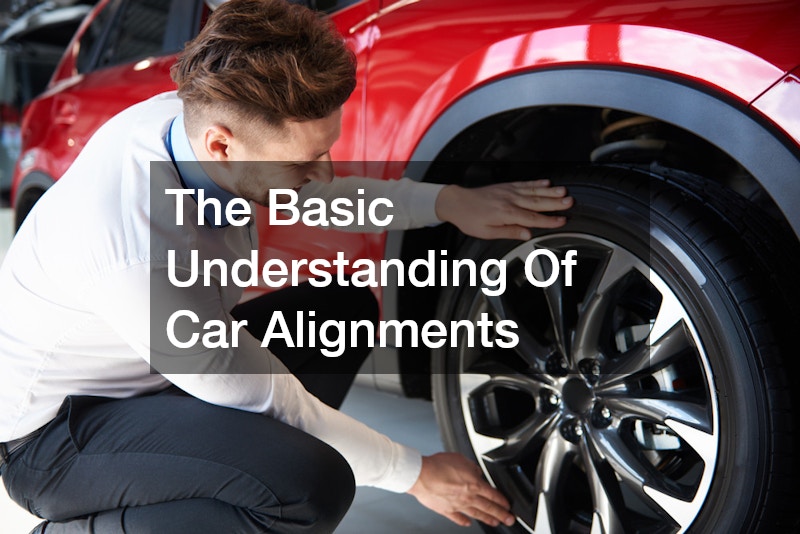
In this article, we explore the fundamentals of car alignments, an essential maintenance practice that enhances the longevity of your vehicle and ensures a smooth driving experience. We'll address some of the most commonly asked questions about car alignments and provide clear, concise answers to help you better understand this crucial aspect of car maintenance.
Car alignment refers to the adjustment of a car's suspension—the system that connects a vehicle to its wheels. The primary purpose of these adjustments is to reduce tire wear, ensure that the vehicle travels straight without "pulling" to one side, and enhance overall driving safety.
Video Source
Proper alignment involves adjusting the angles of the wheels such that they are perpendicular to the ground and parallel to each other.
Maintaining proper car alignment is crucial because it significantly affects the vehicle's handling and safety. When a car is perfectly aligned, it should handle predictably and offer a safer driving experience. Misdirection caused by misalignment not only leads to unsafe driving conditions but can also result in unnecessary strain on vehicle components, leading to premature wear and increased repair costs.
Moreover, car alignment plays a role in fuel efficiency. A misaligned car has to fight against additional resistance, which can significantly decrease fuel economy. By ensuring your car’s alignment is checked regularly, you not only preserve the condition of your tires and the vehicle's suspension but also save on fuel expenses.
Recognizing the need for a car alignment can prevent a range of issues from developing. One of the most common signs of misalignment is uneven tire wear. If you notice that the tread on one or more tires is wearing faster on one side than the other, it may indicate that your vehicle’s wheels are not properly aligned. Regularly inspecting your tires is an effective way to catch this issue early before it becomes a significant problem.
Another common indicator of misalignment is when the steering wheel is off-center while driving straight. This misalignment doesn’t just affect the experience of driving; it can also be a symptom of a larger underlying issue that needs to be addressed. Keeping an eye on steering abnormalities can be critical in diagnosing alignment problems early.
Unusual vibrations or pulling to one side while driving are also telltale signs of alignment issues. This occurs because misaligned wheels are working against each other, creating instability that manifests as vibrations. Listening to your vehicle and paying attention to these signs can prevent further damage caused by prolonged misalignment.
Car alignments are not one-size-fits-all, and different vehicles have varying needs. The most common types of alignments performed are front-end, thrust, and four-wheel alignments. Each type is specific to the vehicle's design and driving requirements, making it essential to understand which is suitable for your car.
The front-end alignment is the most basic form and involves only the front wheels. It is suitable for most vehicles and ensures that the front wheels are adjusted to manufacturer's specifications. In vehicles with a solid rear axle, a thrust alignment may be required. This type of alignment adjusts the angles of both the front and rear wheels, ensuring that all four wheels are aligned as a single unit.
The four-wheel alignment is typically reserved for those cars with an adjustable rear suspension, such as those commonly found in SUVs and all-wheel-drive vehicles. This process aligns all four wheels and often results in the best overall handling and tire wear for vehicles with a complex suspension system. Understanding these different types will help you communicate effectively with your auto technician and ensure you receive the proper service tailored to your vehicle's needs.
By understanding the basics of car alignments and knowing when and how to address alignment issues, you can ensure your vehicle operates efficiently and safely. Regular checks and maintenance will prolong the health of your car and contribute to a better driving experience. Preventive measures such as these not only help sustain the longevity of your vehicle’s components but also provide peace of mind knowing that your car is in optimal condition. Car alignment is a crucial component of automotive maintenance, directly impacting tire longevity, fuel efficiency, and overall driving safety. Keep your car aligned to enjoy a smoother, more reliable, and economical driving experience.
